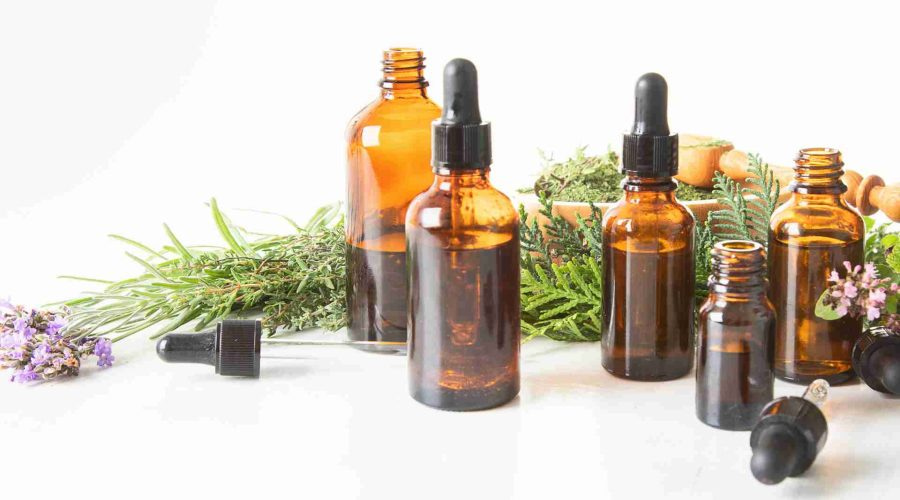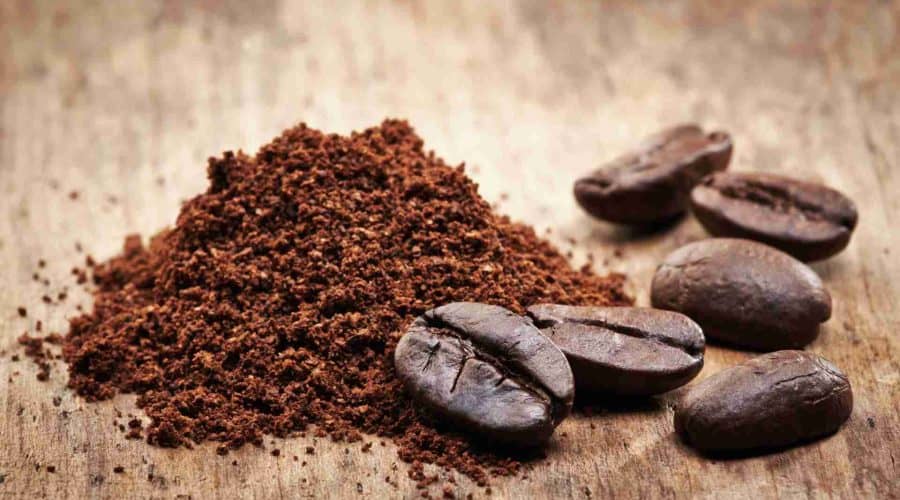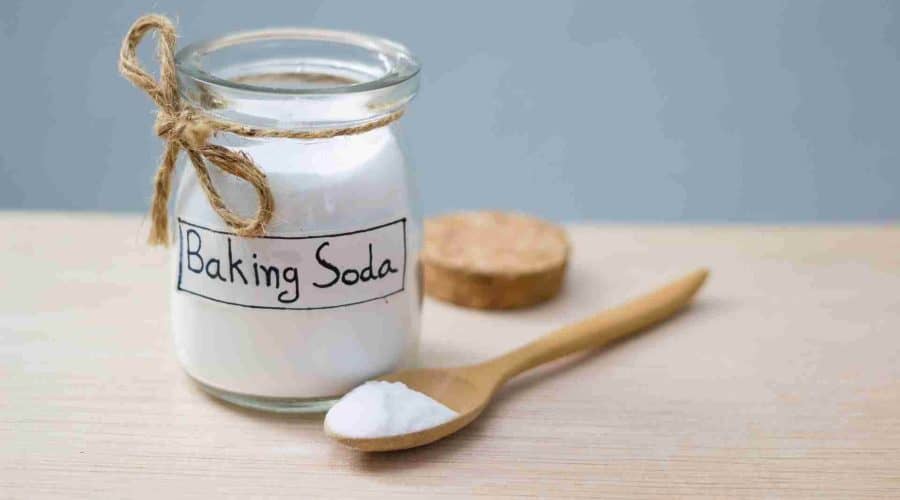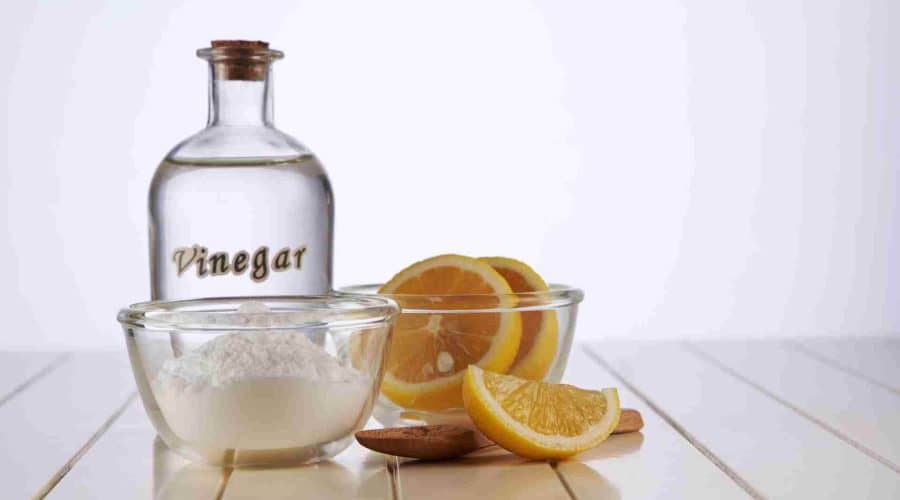How To Keep Ants Out Of Cat Food (8 Effective Methods)

The thought of how to keep ants out of cat food is a real headache for many of you pet owners. It is frustrating and unhygienic at the same time. Most cats would like to spend their time outside and they wouldn’t finish their meal all at one go.
The smell of the leftover cat food attracts the ants and they come trying to snatch your cat’s food. And honestly you will not want to feed the same bowl of cat food to your cat again. This eventually leads to wastage of food and if consumed, it can pose a health risk to your cat.
Here we come to your rescue with a few simple steps and strategies, on how to keep ants out of cat food.
What are the methods we can use to keep ants out of the cat food?
1.General methods to keep ants away from cat food
There are several generic effective methods you can use to keep the ants away from cat food. These methods are extremely common and do not require any extra expenditure to be spent.
2.Using Organic/Safe ant repellent to keep ants away from cat food
Organic methods offer a safe and environmentally friendly approach to keep ants away from cat food. By avoiding harsh chemicals, you can create a pet friendly while effectively deterring ants. Organic methods promote a healthier living space for both your cat and your family.
3 general methods to keep ants out of cat food
1.Storing food properly
This is one of the most effective ways to stop ants eating cat food. Storing food properly in airtight containers will not only keep the cat’s food fresh but also keep it inaccessible to pets or ants.
It is advisable to avoid using plastic bags or loosely sealed packaging as ants can easily find a way and penetrate them. There are many of these boxes available in the market which are specially designed for cats. If you really need one, you can go for it otherwise you can opt for the one that is available at home.
2.Keep the feeding area clean
You need to regularly clean the feeding area and surrounding space to eliminate any food crumbs or spills that might attract ants. It is advisable to wipe down the food bowl after each meal and sweep the area to prevent any leftover scent trails that ants might follow. This is a simple hack on how to keep ants out of cat food bowls
3.Placing the food bowl in a water bowl
Elevating your cat’s food bowl by turning into a moat like barrier will prevent ants from reaching to your cat’s food bowl. This will create a barrier between the ants and the cat’s food bowl.
You can place the food bowl in a sturdy platform or a shallow dish filled with water. The ants find it difficult to swim, cross and reach the food bowl. For making a protective moat, You can consider using an affordable aluminum baking dish, which is easily available in the market.You can place your cat’s food bowl right in the center of the dish and then go ahead with filling the baking dish with water. Make sure to add water which is just enough to make the cat food bowl float.
5 Organic/Non Harmful repellents to keep ants out of cat food
1.Create a natural barrier using essential oils
You can sprinkle the essential oils around the bowl of cat’s food to act as a barrier. While essential oils like tea tree, citrus oil and peppermint can help eliminate ants and prevent infestations, they pose a toxicity risk to your cats, making them unsafe. Therefore for a cat safe approach to repelling ants in your home or outside, you can go for cedarwood oil or lavender oil, these two are considered both secure and efficient to use.
Cedar wood oil has a strong fragrance which is not at all attractive for ants. Basically cedar wood oil kills ants through dehydration and oxygen deprivation. Similarly Lavender oil is always used to deter ants as it’s an effective bug repellent and completely safe for cats. You can also spray in windows and doorways to prevent them from entering.


2.Diatomaceous Earth
Diatomaceous Earth is considered to be a non toxic ant repellent substance that can be used to keep ants out of cat food. It is powdery in structure and is not harmful if consumed. You can use Diatomaceous Earth as a border around the cat food bowl, as the pests move across the powder, it will stick to their feet and legs and will penetrate through the joints and exoskeleton eventually killing them. Also it is inexpensive so you can use it liberally.You can follow the package directions and sprinkle the powder anywhere you see ants invading towards the cat’s food.
3.Coffee Grounds
Coffee grounds possess a unique property that makes them an excellent choice to be used as an ant repellent. Coffee grounds can help keep ants out of cat food. They have a strong scent which ants find overpowering and unpleasant.
You can save your coffee beans after brew and let it dry thoroughly. Later you can sprinkle a line of dry coffee grounds around the perimeter of the feeding area or along the ant trails. Doing so will create a barrier and the ants are less likely to cross because of the strong scent of the coffee grounds.
It is an eco-friendly and budget friendly choice to keep the ants away from your cat’s food. The only thing you need to be alert is to keep an eye on your cat’s behavior to ensure they are not ingesting the beans.


4.Baking Soda
Baking Soda is a versatile household item known for its ability to neutralize odors and absorb moisture. Ants rely heavily on scent trails to communicate and navigate. Baking soda acts as a medium to disrupt these trails, as a result of which they lose their way and get discouraged from reaching your cat’s food.
Sprinkle a layer of baking soda around the perimeter of your cat’s feeding area to keep the ants away from your cat’s food. Baking soda is an affordable and environment friendly option and it’s completely non toxic and safe for cats. Therefore you can eliminate your worries and use them effectively.


5.Vinegar or Lemon Juice
You can use vinegar or lemon juice to clean the feeding area after your cat is done eating. This will help avoid the ants getting attracted to the feeding place. They have anti-repellent properties due to their high acidity levels. The overwhelming aroma of vinegar and lemon juice masks the scent of the cat food, making it unattractive to ants.
Vinegar and lemon juice are non toxic for cats hence you do not have to worry about your cats consuming them. For vinegar use equal parts of white vinegar and water, for lemon juice use freshly squeezed lemon juice or diluted lemon juice. Avoid using concentrated solutions as they can be overwhelming for both your cats and you. You can use a spray bottle, fill the solution in there for your convenience.


Which are the ant repellents/ substances that you should avoid using in and around the cat’s food bowl?
1.Citrus Oil/Clove Oil/Peppermint Oil/Tea Tree Oil
These oils are excellent ant repellents but at the same time they pose a huge risk to cats. Cats cannot metabolise these compounds and they accumulate in the cat’s system leading to toxicity even with small amounts of exposure to these components. These are also not good for the liver and can cause seizures.
2.Insecticides/pesticides spray
These sprays can be really harmful for your cat if inhaled. Elevated concentrations of insecticides such as methomyl and carbofuran can result in seizures and cessation of respiratory function in your cat.
3.Boric Acid and Borax
No doubt they are used as ant killers, they can be toxic to pets when ingested. Vomiting, Diarrhea, Lethargy, and weakness are some of the symptoms.
4.Chemical Based Ant Baits
Commercial ant baits contain chemicals that are intended to attract and kill ants. Again ingestion of these toxic chemicals is harmful for cats.
conclusion
How to keep ants out of the cat food? To answer it, always check for the ingredients used in the ant repellent spray and use carefully. If you have any of the above used substances, it is advisable to stop using it right away. Always opt for safe and natural alternatives to keep ants out of the cat food effectively as well as ensuring your cat’s health and well-being.
